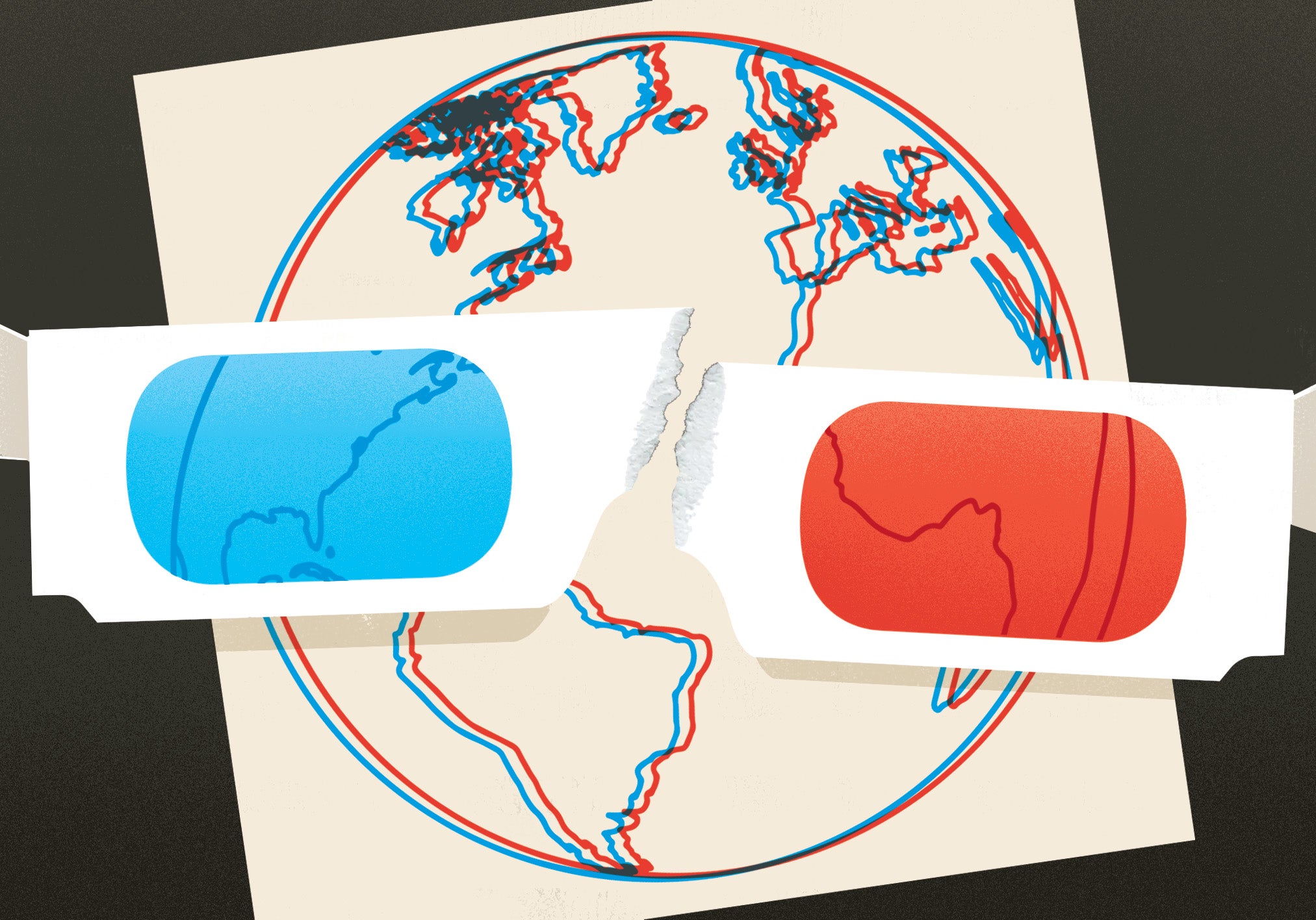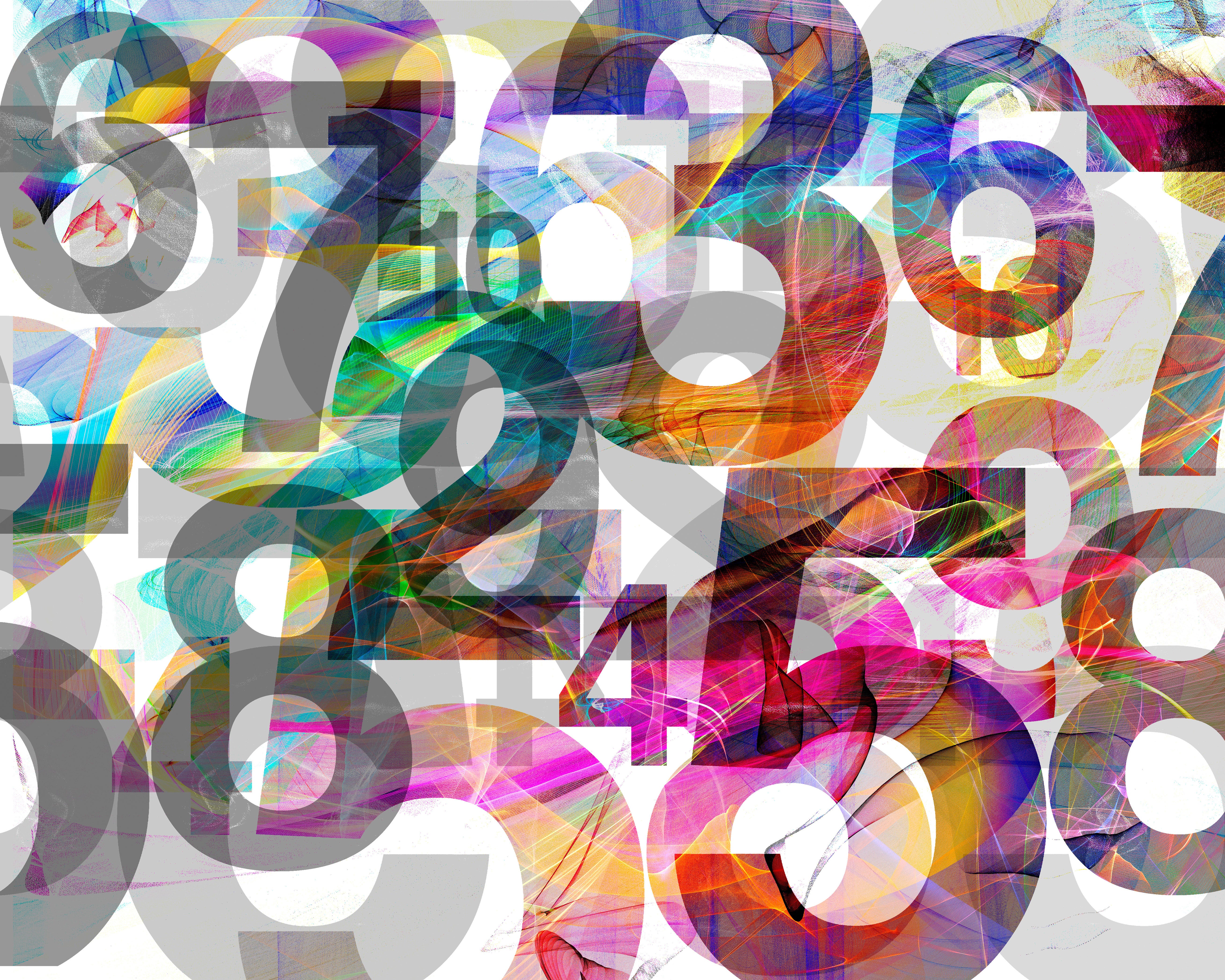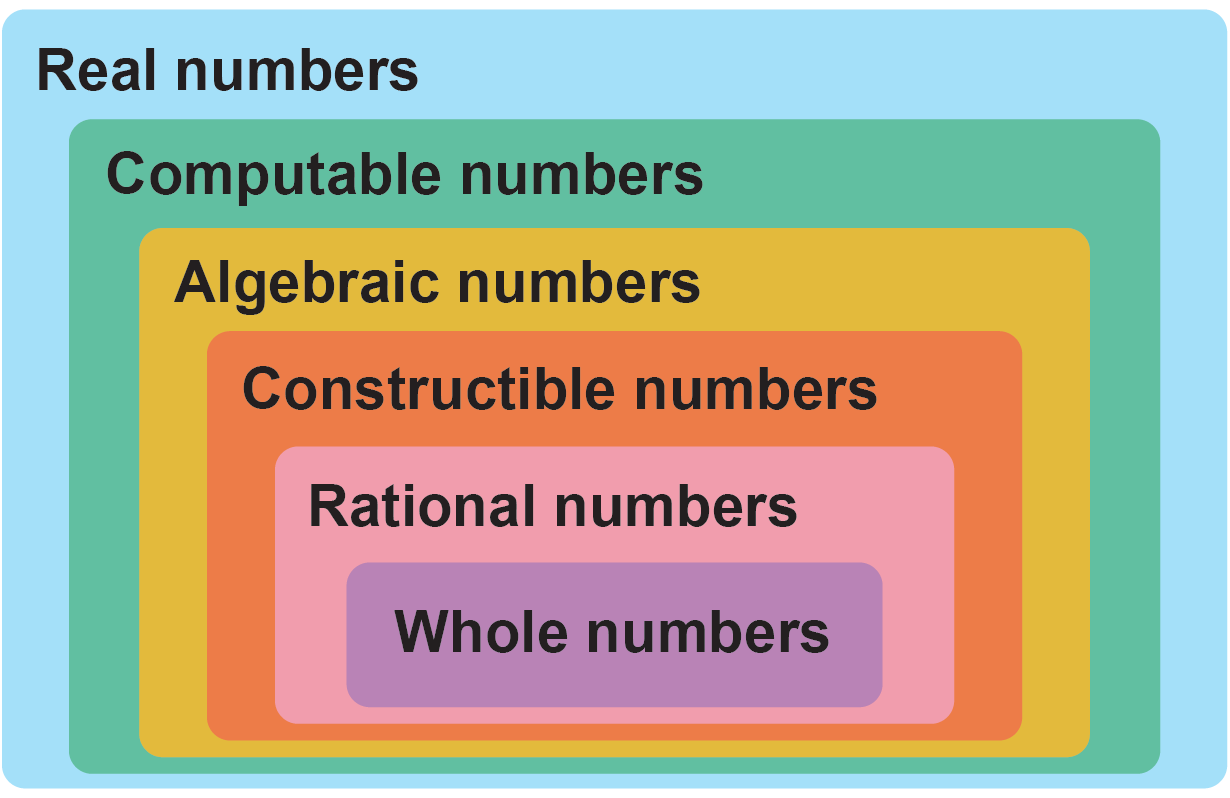Scientific American is a magazine I’ve read intermittently for 50 years.
- A new take on the difference between liberals and conservatives;
- How most Americans think they are better than most people, but people in Asian countries do not;
- How there are bizarre numbers that even most mathematicians don’t understand.

Scientific American, Jer Clifton, 1 March 2023: Many Differences between Liberals and Conservatives May Boil Down to One Belief, subtitled “Conservatives tend to believe that strict divisions are an inherent part of life. Liberals do not”
The writer begins by summarizing the conventional thinking, as of the 21st century, on the topic:
In politics, researchers usually define “conservativism” as a general tendency to resist change and tolerate social inequality. “Liberalism” means a tendency to embrace change and reject inequality. Political parties evolve with time—Democrats were the conservative party 150 years ago—but the liberal-conservative split is typically recognizable in a country’s politics. It’s the fault line on which political cooperation most often breaks down.
Psychologists have long suspected that a few fundamental differences in worldviews might underlie the conservative-liberal rift. Forty years of research has shown that, on average, conservatives see the world as a more dangerous place than liberals do. This one belief seemed to help explain many American conservative stances in policy disagreements, such as support of gun ownership, border enforcement, and increased spending on police and the military—all of which, one can argue, are meant to protect people from a threatening world.
The writer goes on to put forth an alternate theory, which he says “contracts that long-standing theory.”
But new research by psychologist Nick Kerry and me at the University of Pennsylvania contradicts that long-standing theory. We find instead that the main difference between the left and the right is whether people believe the world is inherently hierarchical. Conservatives, our work shows, tend to believe more strongly than liberals in a hierarchical world, which is essentially the view that the universe is a place where the lines between categories or concepts matter. A clearer understanding of that difference could help society better bridge political divides.
And then he goes on to describe his research into mapping the most basic beliefs that people hold about the world, tenets he calls “primals.” Then goes on with examples.
It strikes me that his central notion doesn’t exactly contradict the standard line of thinking; it’s just a different perspective. It’s almost closer to my own take where I apply simplex/complex/multiplex to a variety of issues (such as gender and sex [which probably needs updating to take into account current debates about these matters]), with the generalization that some people see the world in terms of black and white, right and wrong (these are conservatives) and others see the world in terms of shades of gray, and even color, and are comfortable with nuance and don’t think in terms of absolutes (these are liberals). Does that necessarily reflect hierarchy, as if one end is better than the other? Some cases I suppose; in others I’m not sure.
The writer goes on with further examples of reductionist, black and white thinking, about abortion, LGBTQ+ topics, and immigration. The writer claims these issues are seen in hierarchical perspectives; actually I think my take on the range from simplex to multiplex is a better take. At the same time, thinking hierarchically seems to mean claiming one end, usually the simplest and most basic as the standard, while in my way of thinking, the more complexed and nuanced a take is the most realistic, if not the way most people prefer to think.
\\

Scientific American, Shinobu Kitayama, 15 May 2023: People in the U.S. Think They Are Better Than They Actually Are. People in Asia Don’t, subtitled “Western individualism may promote a ‘better than you actually are’ mindset”
I think I’ve assumed all along that every nation feels itself the bestest one in the entire world. If not the most powerful, or largest, or most influential, then perhaps the most authentic, the one with the purest and most distinctive culture. Think England, France, Germany, who all think very highly of themselves. (Not to mention the US.) This article suggests this is *not* true in Asian countries — which I gather to be more conformist, and less individualist, than Western nations (especially the US).
How competent are you, compared with your colleagues? When psychologists approach teams of coworkers with variations of this question, an interesting pattern emerges. If people have a truly realistic perspective of their abilities, then their self-assessments should generally fall around the middle. Instead psychologists have repeatedly found that people’s self-assessments are inflated. In fact, superstars and underperformers alike tend to think they are better than they truly are.
This effect is one example of a positive illusion: a cognitive bias that makes you feel more competent, more blessed, more fortunate and better than you are. Positive illusions seem intuitive and reasonable to many people. Some scholars argue that these illusions are fundamental to our species’ survival. To get by in life, they reason, you must remain optimistic, work hard, succeed, live long and leave offspring behind.
I’ve heard of this bias, sometimes characterized as being overly optimistic and so *determined* to succeed as if one has a right to, while have a more ‘realistic’ take might make one give up too easily. And this seems related to the Dunning-Kruger effect, though the writer here doesn’t mention it. The key here seems to be, that like so much other psychological claims, that it’s based on studies of people in Western nations, the so-called “WEIRD (Western, educated, industrialized, rich and democratic) societies.” (There was a huge book about this three years ago.) Which means it’s not necessarily true in many other countries. Another example of how the world is not as simplex as conservatives believe. The article concludes:
We think the cultural variation in positive illusions is one example of a broader cultural difference in how the self is construed. Western societies generally regard the self as independent. Consequently, people in these societies are motivated to feel good about themselves. They work hard to identify their competence and uniqueness. In many cultures outside the West, however, people regard their selves as interdependent and embedded in social relationships. They feel protected and secure when connected to a larger social community. From that cultural perspective, there is no need to feel particularly good about one’s independent, individual self.
These differences set the stage for all manner of misunderstandings. From the Western perspective, East Asians might appear excessively polite in their attention to social ties or could seem disengaged or even depressed or maladjusted in their ambivalence toward self-promotion and initiative. Our data, however, show that East Asians respond to events naturally and realistically, without extra thought. From the East Asian perspective, the Western tendency to boost good feelings about oneself could come across as futile, unnecessary or even childish because it shows how the person is failing to appreciate the relational nature of the self. But our data suggest that Americans boost their positive selves because it helps them adapt to their culture. Altogether, by adopting the cultural neuroscience approach, we may keep our cultural preconceptions and biases at bay, thereby making our science less ethnocentric.
Stepping back, this work underscores the power of culture. Humans are the only animals that have survived by creating and taking advantage of various conventions, practices, meanings and social institutions. The evolution of these things, summarily called “culture,” has accelerated, especially over the past 10,000 years, forging several major cultural zones today. These zones vary greatly, and the cultural variation in positive illusion is a single instance, albeit an important one, of a more general process by which our culture shapes our ways of thinking, feeling and acting. We know what our culture is. Yet we don’t appreciate its mind-shaping power enough.
At the same time, I’ve always found it ironic that conservatives, in America at least, while being gung-ho about American exceptionalism and insistent on people pulling themselves up by their own bootstraps (and not relying on government ‘handouts’), are also the most conformist socially. Thus the suppression of sexual minorities, of drag and cross-dressing, of books that express non-conformist ideas. You’d almost think that socially if not economically, they’re communists. Especially in small town America, conforming with the local culture is paramount. That’s why so many young people, who don’t conform, leave for the big city, and the small towns remain the same.
As the end of the article suggests, there is a range of possible cultures that all contribute to human survival, albeit in different ways. There is no one best culture, as conservative Americans like to think.
\\
And then this about math.

Scientific American, Manon Bischoff, 23 May 2023: These Are the Most Bizarre Numbers in the Universe, subtitled “Most real numbers are unknown—even to mathematicians”
Handy-dandy chart:

The article walks you through this, along the way exploring the different orders of infinity, and Cantor’s halting problem, and then certain noncomputible numbers.
Another enduring fascination of mine. Numbers are in one sense the simplest thing you can imagine. One, two three, and so on. But the more you study larger and larger numbers, the more you detect nonintuitive patterns among them, beginning with the primes. Very smart people, like Srinivasa Ramanujan, perceive complex relationships among number intuitively. Most people don’t. This strikes me as a limitation on human intelligence, not anything fundamental about the universe. Because the universe is a vastly complex thing built up from the consequences of very simple principles, like numbers. (Similarly, a few basic kinds of atoms and a few basic principles of their interaction leads to the evolution of the Earth’s biosphere, including humans.)
Let’s see if I can copy the conclusion of the piece, just to see if all the unusual characters and superscripts show up correctly.
Thus, the first digits of this noncomputable number are ∑n½BB(n) = 0.51562548….
There are other complicated methods for defining noncomputable numbers. Perhaps you can come up with a variation as well. Still, given the abundance of computable numbers we know, it is always surprising that noncomputable values dominate the real numbers—and thus our world.
Yes, that reproduces fine. I don’t claim to understand it.





